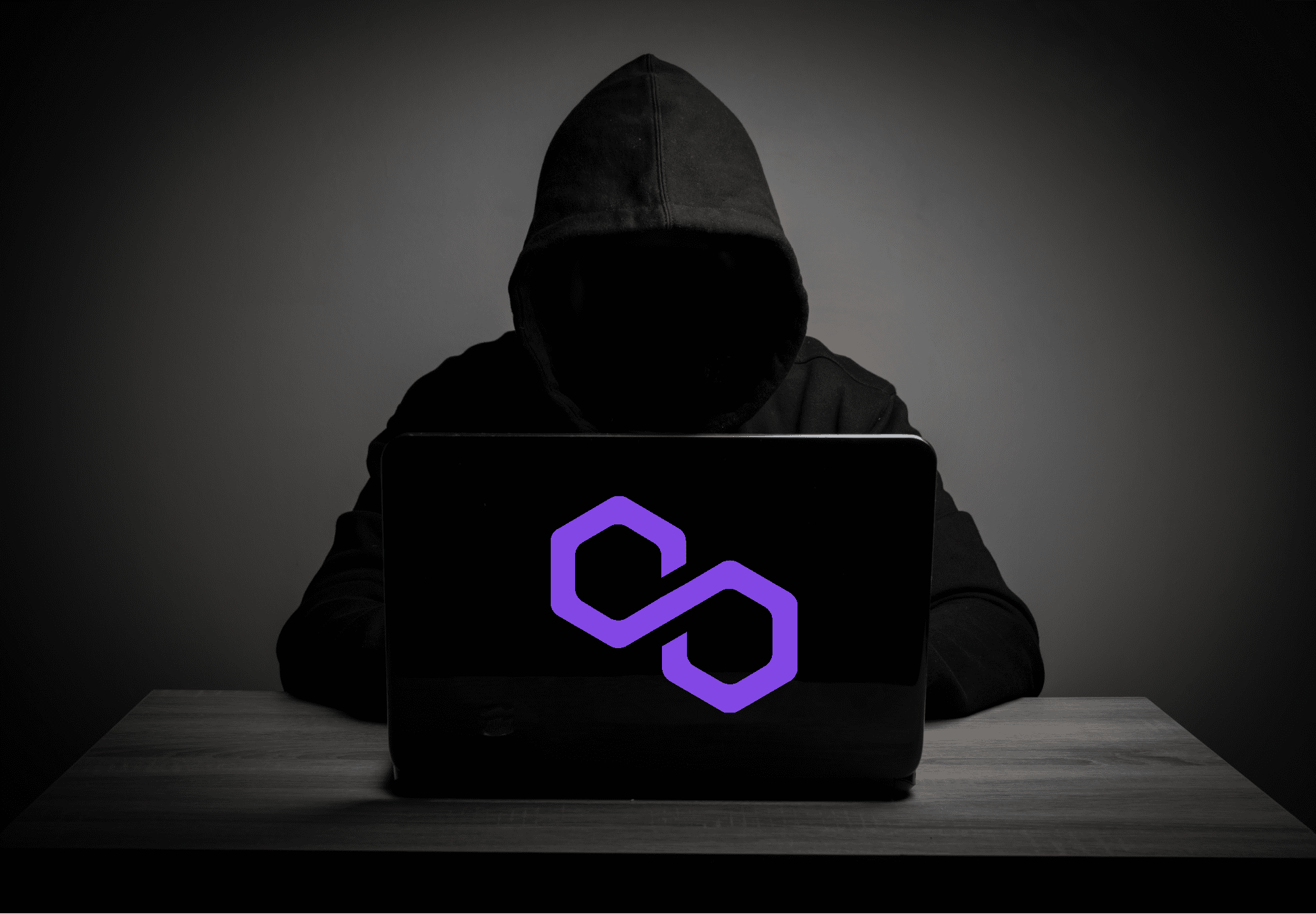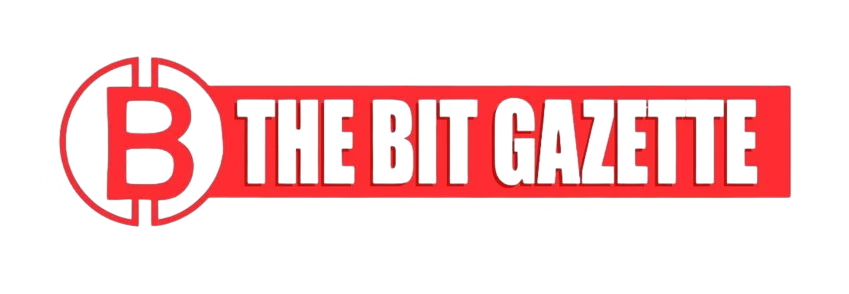K9 Finance has increased its bug bounty offer to 20 ETH—worth over $70,000—urging the hacker behind September’s $2.3 million Shibarium Bridge exploit to return stolen assets in exchange for the payout.
The offer, promoted by Shiba Inu lead developer Kaal Dhairya, marks a significant escalation from the project’s initial 5 ETH bounty and represents one of the largest white-hat incentives offered in the wake of a DeFi bridge attack this year.
Shibarium Bridge Hacker and the $2.3M Attack That Shook the Ecosystem
The Shibarium Bridge hacker carried out a flash loan attack on September 12, manipulating validator influence to execute fraudulent exit requests.
This complex maneuver allowed the attacker to gain control of 10 out of 12 validator keys, tricking the bridge into releasing roughly $2.3 million in crypto assets — including Ethereum (ETH), SHIB, ROAR, and KNINE tokens.
As blockchain analytics confirmed the details, K9 Finance, the official liquid staking partner for Shibarium, swiftly blacklisted the hacker’s wallet, freezing 248 billion KNINE tokens — instantly rendering them unsellable.
“From a security standpoint, this incident underscores the importance of decentralized validator controls and real-time auditing,” noted Adam Cochran, partner at Cinneamhain Ventures. “Shibarium’s quick response likely prevented a far greater financial and reputational loss.”
From Blacklist to Bug Bounty: K9 Finance Raises the Stakes
Initially, K9 Finance offered a modest 5 ETH bounty to the Shibarium Bridge hacker for returning the stolen KNINE tokens. However, with no response from the attacker, the decentralized team has now upped the ante — offering 20 ETH as a goodwill incentive.
In a direct on-chain message, K9 Finance encouraged the hacker to return the tokens “as an act of redemption.”
Spotlighting this update on social media platform X (formerly Twitter), Kaal Dhairya publicly tagged the Shibarium Bridge hacker, urging them to accept the offer and “walk away like a white-hat hacker.” His post quickly gained traction across the crypto community, with many praising his mix of sarcasm and diplomacy in addressing the situation.
“If the hacker gives in, everyone wins — the project restores its tokens, investor confidence rises, and KNINE’s market value stabilizes,” Dhairya added in a follow-up thread.
The Shibarium Bridge hacker incident has reignited debates around DeFi security and white-hat ethics. Prominent security researcher ZachXBT commented that “bounties often provide a second chance for attackers to make amends — especially in community-driven ecosystems like Shibarium.”
Crypto analyst Layah Heilpern also weighed in, tweeting, “Offering 20 ETH to the Shibarium Bridge hacker is both strategic and symbolic. It’s not just about money — it’s about rebuilding trust after chaos.”
The Shiba Inu community, affectionately known as the ShibArmy, has largely backed Dhairya’s approach, hailing it as a progressive response to an otherwise devastating incident.
Stronger Shibarium: Security Upgrades and the Road Ahead
Following the exploit, Shiba Inu developers rolled out critical upgrades to the Shibarium Bridge to prevent similar attacks in the future. These improvements include multi-layer validator verification, real-time anomaly detection, and enhanced transaction validation protocols.
In a statement shared via the Shiba Inu official blog, Dhairya said, “Security is now our number one priority. We’ve learned from this experience and built stronger foundations for the Shibarium ecosystem.”
Since implementing these measures, bridge performance and transaction reliability have significantly improved, according to data tracked by DeFiLlama.
With a 20 ETH bounty on the table, the crypto world waits to see whether the Shibarium Bridge hacker will choose redemption or continue to sit on unsellable KNINE tokens.
As Dhairya put it bluntly, “This is your chance to turn a mistake into a meaningful move. Do something right.”
Whether or not the hacker accepts, this high-stakes standoff has spotlighted the evolving ethics of DeFi security, where developers, validators, and communities now wield bounties as tools for both justice and reform.











